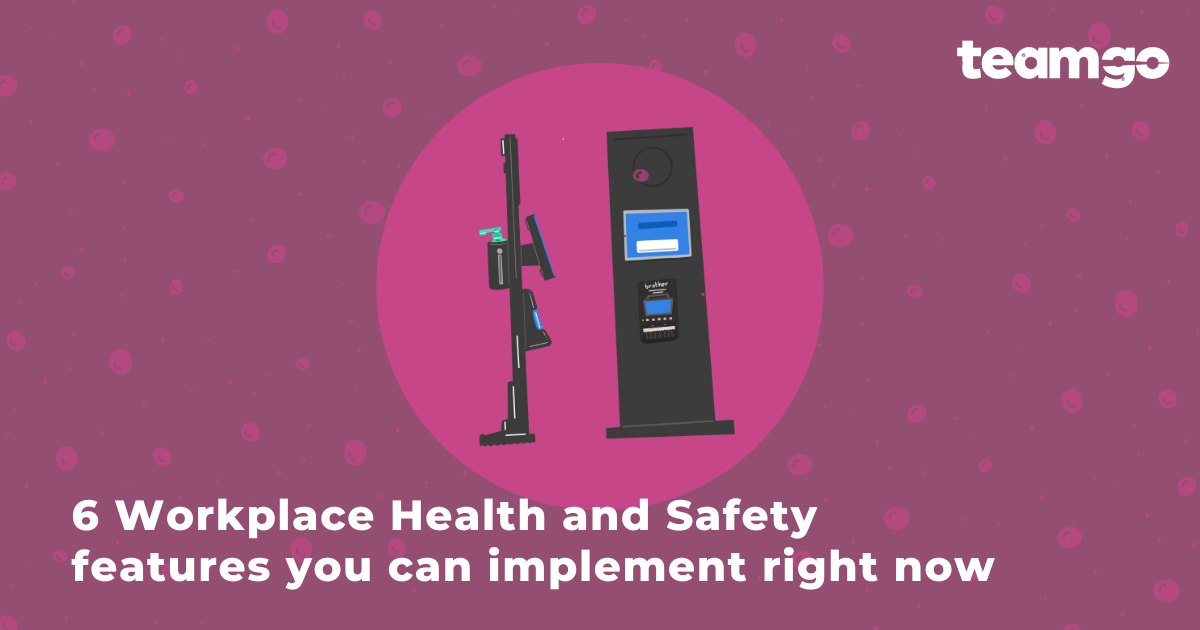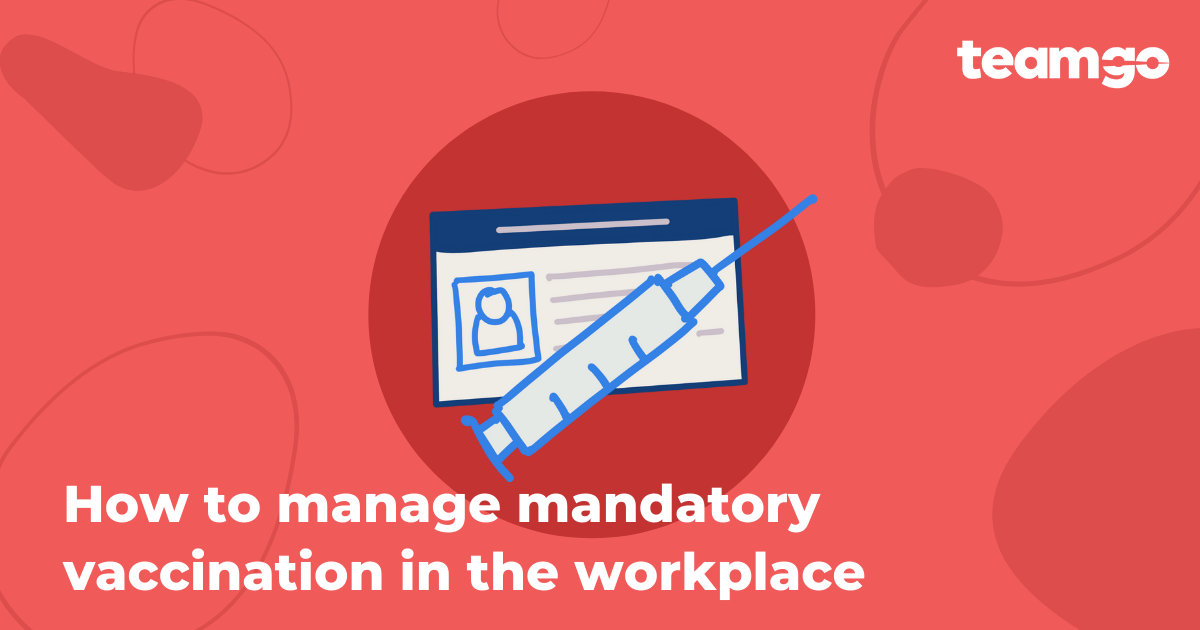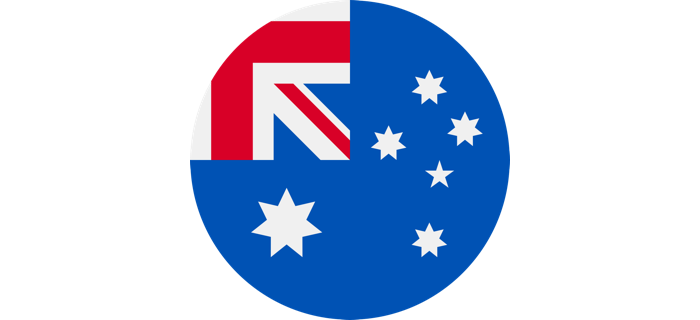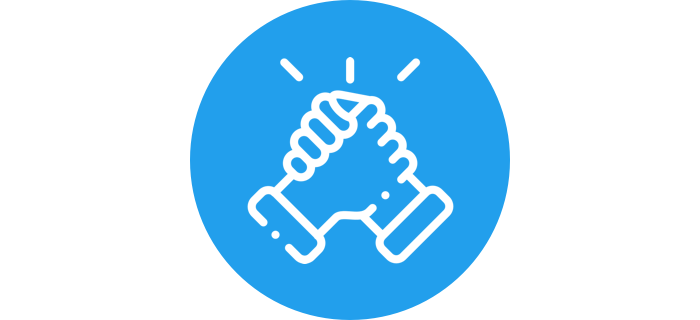Website crawling is the backbone of SEO, ensuring that your site is discoverable by search engines and visible to your audience. Without effective crawling, even the most well-crafted content can go unnoticed. In this blog post, we’ll explore the fundamentals of website crawling, why it’s crucial, and how you can optimise it to boost your website’s performance. This is Teamgo’s way of helping you understand what it all means.
What is Website Crawling in SEO?
In the realm of SEO, crawling refers to the process where search engine bots, also known as web crawlers or spiders, systematically navigate and discover content on your website. These bots analyse your site’s text, images, videos, and other content types, all of which are accessible through links.
How Does Web Crawling Work?
Web crawlers start by discovering URLs and downloading page content. As they process this content, they may pass it on to the search engine’s index and extract links to other web pages, categorising them as follows:
- New URLs: Previously unknown to the search engine.
- Known URLs with no recent changes: These are periodically revisited to check for updates.
- Known URLs with updates: These should be recrawled and reindexed based on indicators like an XML sitemap’s “last modified” date.
- Inaccessible URLs: URLs behind login forms or blocked by a “nofollow” tag.
- Disallowed URLs: URLs blocked by the robots.txt file.
Allowed URLs are added to a crawl queue and prioritised based on various factors, which determine how often and quickly they are revisited by the crawler. Different search engines, such as Googlebot, Bingbot, and others, have unique algorithms that dictate their crawling behaviour.
Why Website Crawling Matters
If a page isn’t crawled, it won’t appear in search engine results, making it invisible to your audience. But the importance of crawling goes beyond mere visibility.
The Urgency of Speedy Crawling
For content that’s time-sensitive—like breaking news, upcoming events, or limited-time offers—speedy crawling is essential. If a page isn’t crawled quickly, its relevance can diminish rapidly, resulting in lost engagement opportunities. Even for non-time-sensitive content, faster crawling ensures that updates or optimizations are reflected in search results sooner, allowing you to capitalise on SEO improvements or correct mistakes promptly.
Crawling is, therefore, a critical aspect of your SEO strategy; your website’s organic visibility hinges on how well it’s done.
Measuring Crawling: Crawl Budget vs. Crawl Efficacy
Contrary to popular belief, search engines don’t aim to crawl every page of every website. Many websites have a significant number of pages that never get crawled by Googlebot.
The Crawl Budget Misconception
The crawl budget refers to the number of URLs a search engine bot can and wants to crawl within a specific time frame for a website. While many SEO professionals focus on maximising the crawl budget, this is often a misguided approach. The total number of crawls doesn’t necessarily correlate with faster or better indexing of important content. Instead, it might just put an unnecessary load on your server, increasing costs without adding value.
Focus on Crawl Efficacy
Crawl efficacy is a more meaningful metric, focusing on reducing the time between when an SEO-relevant page is published or updated and when it is next visited by Googlebot. To measure crawl efficiency, compare the timestamp of a page’s last update with the timestamp of the next Googlebot visit as recorded in your server logs. A lower delay indicates better crawl efficacy.
Optimising crawl efficacy means your new or updated content will appear on Google search results more quickly, ensuring it reaches your audience in a timely manner.
How Search Engines Support Crawling
Search engines have introduced APIs and tools aimed at improving crawling efficiency. Two prominent APIs are IndexNow and Google’s Indexing API.
IndexNow: A Non-Google Approach
IndexNow is supported by Bing, Yandex, and Seznam. This API allows websites to push URLs directly to search engines, prompting them to crawl the content immediately. However, before implementing IndexNow, consider whether these search engines are significant to your target audience and weigh the benefits against the potential server load.
Google’s Indexing API: Limited But Useful
Google’s Indexing API is officially limited to job postings and live events, but some have tested it with other types of content. While this might increase crawling activity, it doesn’t necessarily improve indexing unless the content meets Google’s specified criteria. Misuse of this API can lead to unnecessary server strain with no SEO benefit.
Manual Submission in Google Search Console
Google Search Console allows manual URL submission for crawling, with most URLs being crawled and indexed within an hour. However, there’s a quota limit, so this method is best reserved for high-priority URLs. Automated scripting can also be used to speed up the process for selected pages.
Best Practices for Efficient Site Crawling
Optimising your website for efficient crawling can significantly enhance your SEO efforts. Here are five key tactics:
1. Ensure a Fast, Healthy Server Response
Your server should be able to handle the crawl load without negatively impacting response times. Regularly check Google Search Console for server errors and ensure your server response time is below 300 milliseconds.
2. Remove Low-Value Content
Low-quality, outdated, or duplicate content can divert crawlers from important pages. Use Google Search Console to identify such content and either merge, redirect, or delete it as appropriate.
3. Instruct Googlebot on What Not to Crawl
While canonical tags and noindex directives help manage what’s indexed, they still consume crawl budgets. For pages that don’t need to be crawled, such as parameter pages or non-SEO relevant routes, block them with a robots.txt file.
4. Guide Googlebot on What to Crawl and When
An optimised XML sitemap is crucial. Ensure it’s dynamically updated and includes last modification dates to signal when pages should be recrawled.
5. Support Crawling Through Internal Links
Internal linking is a powerful tool for guiding crawlers to important content. Focus on sitewide navigation, breadcrumbs, and related content links, ensuring they are not reliant on JavaScript.
Conclusion
Website crawling is the foundation of SEO, directly impacting your site’s visibility and performance in search results. By focusing on crawl efficacy rather than simply increasing crawl volume, you can ensure that your most important content is discovered and indexed quickly. Implementing these best practices will help you optimise your site for crawling, driving better organic performance and ultimately, greater success in your SEO efforts.





